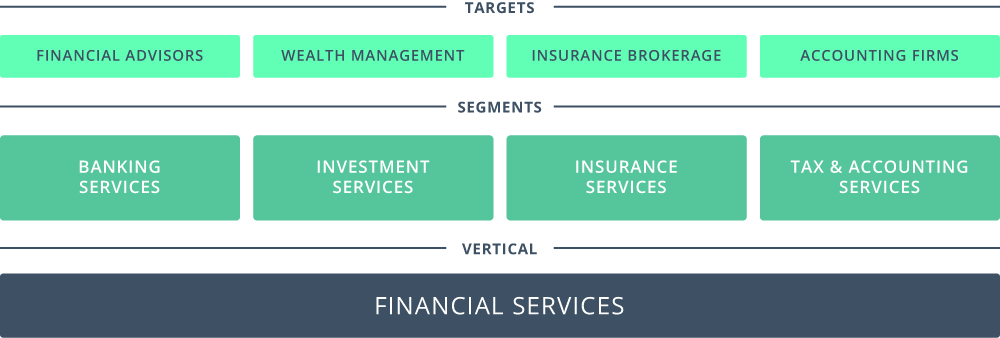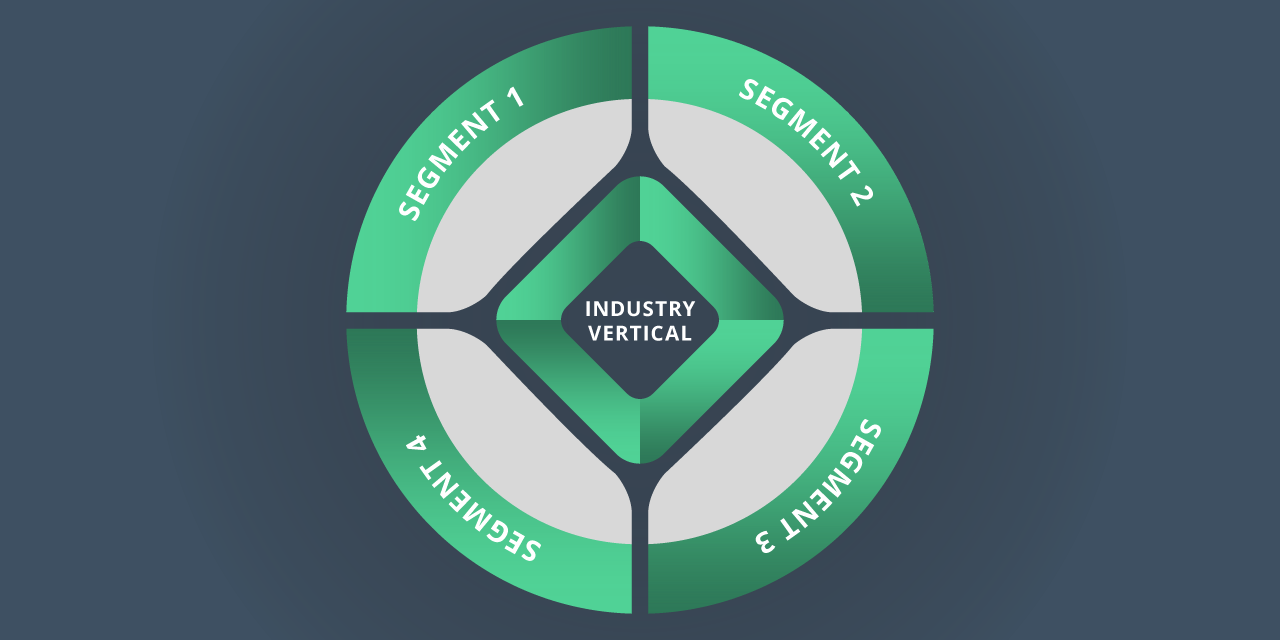Growth is good. It serves as an indicator that the solutions you provide to customers have a positive impact on their ability to serve their customers. It can also signal that it may be time to expand your reach for additional opportunities. You want to ensure that your expansion results in new business with minimal risk to your current growth trajectory – but how do you get started?
The answer can be simple; increase opportunities to attract prospective clients by using your existing strengths. Review your target verticals and create segments – sub-sections of verticals with unique needs and pain points shared across its parent vertical.
For example, if your MSP specializes in accounting firms and is looking to expand, consider marketing your services to financial advisors. Both fall under a “financial services” vertical and share common pain points that you can use as a foundation for marketing efforts.

Ok, so the idea of lateral expansion into segments across a vertical makes sense, but how do you go from an idea to executing a plan that uses your website to effectively attract prospects?
Start With What You Know
Lateral expansion into segments of a target vertical puts you at an advantage; you’re already aware of common pain points and have likely provided solutions for them many times in the past.
Let’s continue with our financial services example by creating a page addressing the challenges and needs of the vertical from a 1,000-foot view. This helps establish a base understanding that you can communicate to prospective clients within their vertical in a manner that will produce the results they’re looking for as they search for the right provider.
Once you’ve established your expertise within the vertical, it’s time to address each target segment’s unique needs.
The Ultimate Guide To Cash Flow For Managed Services
Sponsored by Alternative Payments & Zest
Demonstrate A Deeper Level Of Expertise
Now that you’ve established expertise across an entire vertical, it’s time to do the same for each segment, communicating a clear understanding of unique needs and solutions that bring measurable benefits to a prospect’s business.
Create a dedicated page for each segment, building on the messaging from its parent vertical. Enhance your content with links to contextually appropriate service details and forms of proof such as testimonials and case studies, and you’re on your way towards demonstrating why prospective customers in your chosen segments should consider you to be their #1 choice.
Always Remember Your Audience
No matter what the points you’re communicating to prospective customers are, always remember who your audience is. Prospective customers want to know what the result of your solutions will be, not the tools and methods used to implement them. Save the acronyms for shop talk, concentrate on expressing value instead.
Focus on the “why” more than the “how,” and you’ll be communicating reasons that translate into growth for everyone involved. Determining the right verticals and segments to target can lead to an organic growth strategy and dominance of one or more target verticals – and additional growth for your business.

SPONSORED BY ZEST

















